I hate math
1/26
There's no tags or description
Looks like no tags are added yet.
Name | Mastery | Learn | Test | Matching | Spaced |
|---|
No study sessions yet.
27 Terms
Derivatives of all trig functions
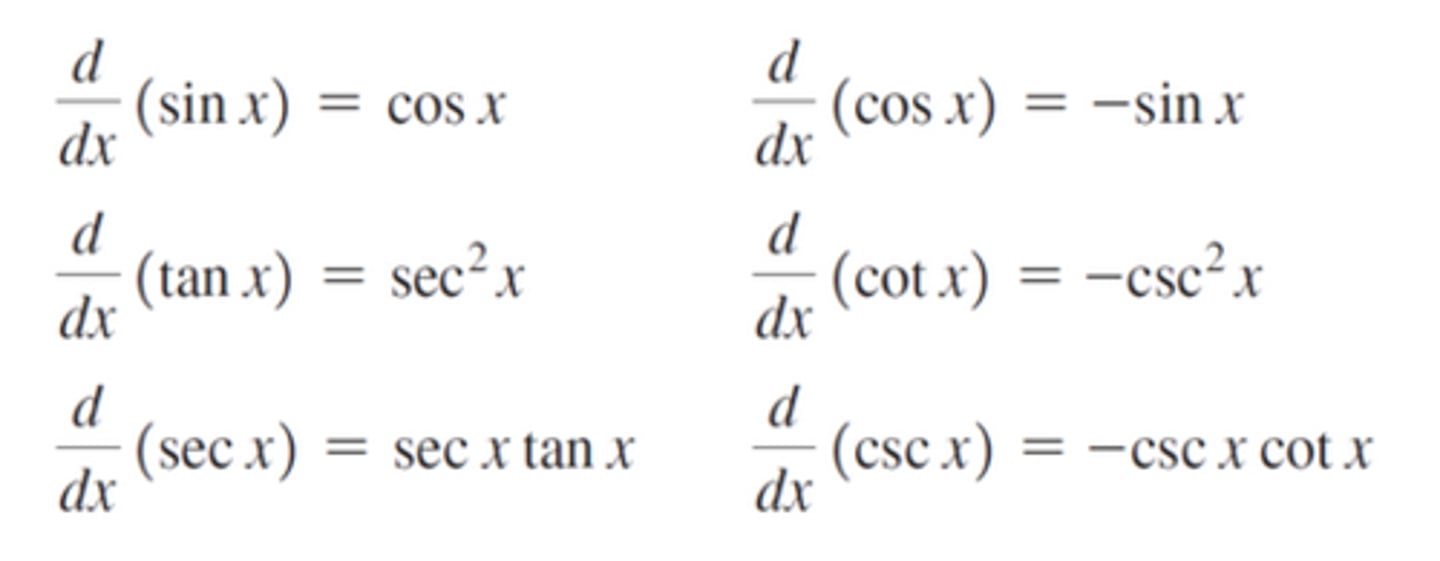
Derivative of all inverse trig functions
make sure sec & csc have absolute value x outside of the radical
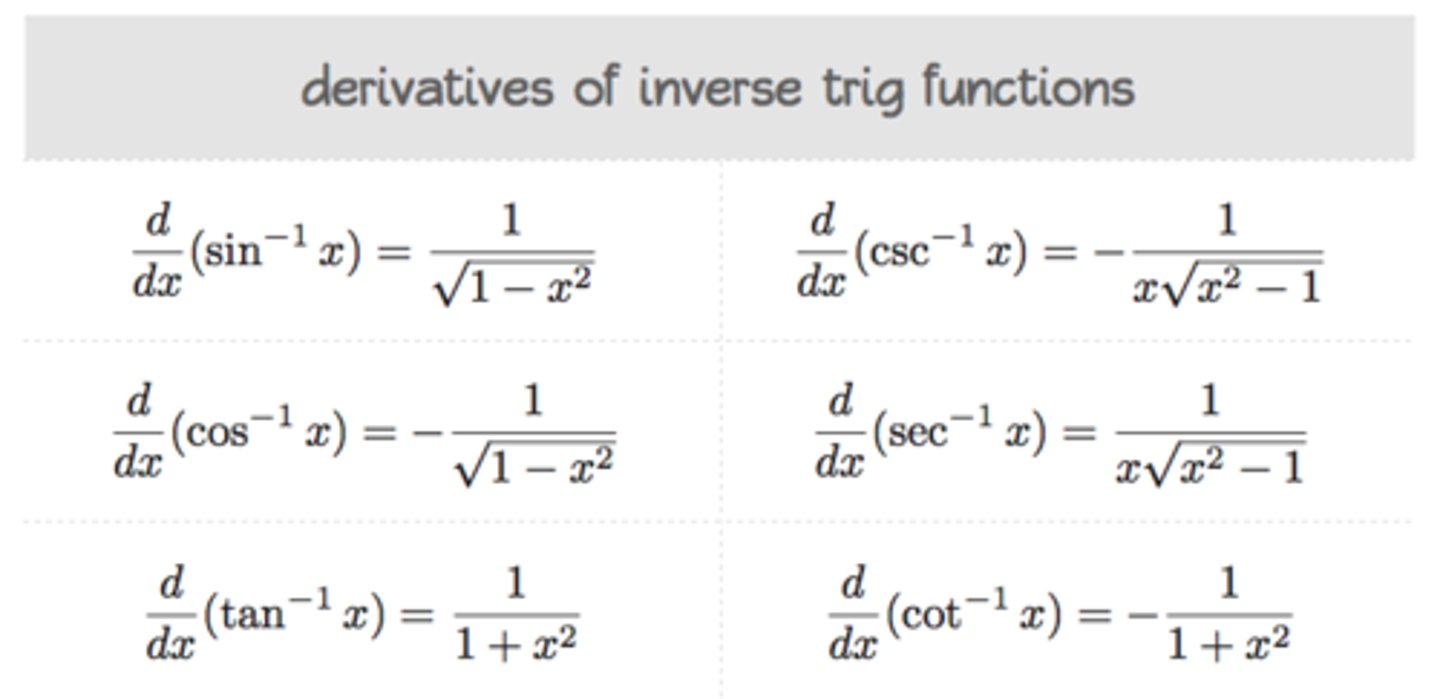
derivative of double angle
integral of double angle
derivative of sin2x = 2cos2x
integral of sin2x = -1/2cos2x
integral of sec
if its 2x, for example, put 1/2 at the beginning

Integral of csc
ln |csc - cot|
if its 2x, for example, put 1/2 at the beginning
integral of tan
if its 2x, for example, put 1/2 at the beginning
-ln|cosx| + C
ln|secx|
integral of cot
if its 2x, for example, put 1/2 at the beginning

that one Sin inverse identity

that one tan inverse identity

integrating sinx ^n or cosx ^n when n = odd
Bc odd, split a sin² or cos² into the identity sin² + cos² = 1
Keep one sin or cos for u-sub
The reason why we split it is bc u-sub needs a function & its derivative next to each other
integrating sin^n or cos^n when n = even
Use half-angle formulas
Sin half angle is the same except its sin² = 1 - cos2x /2
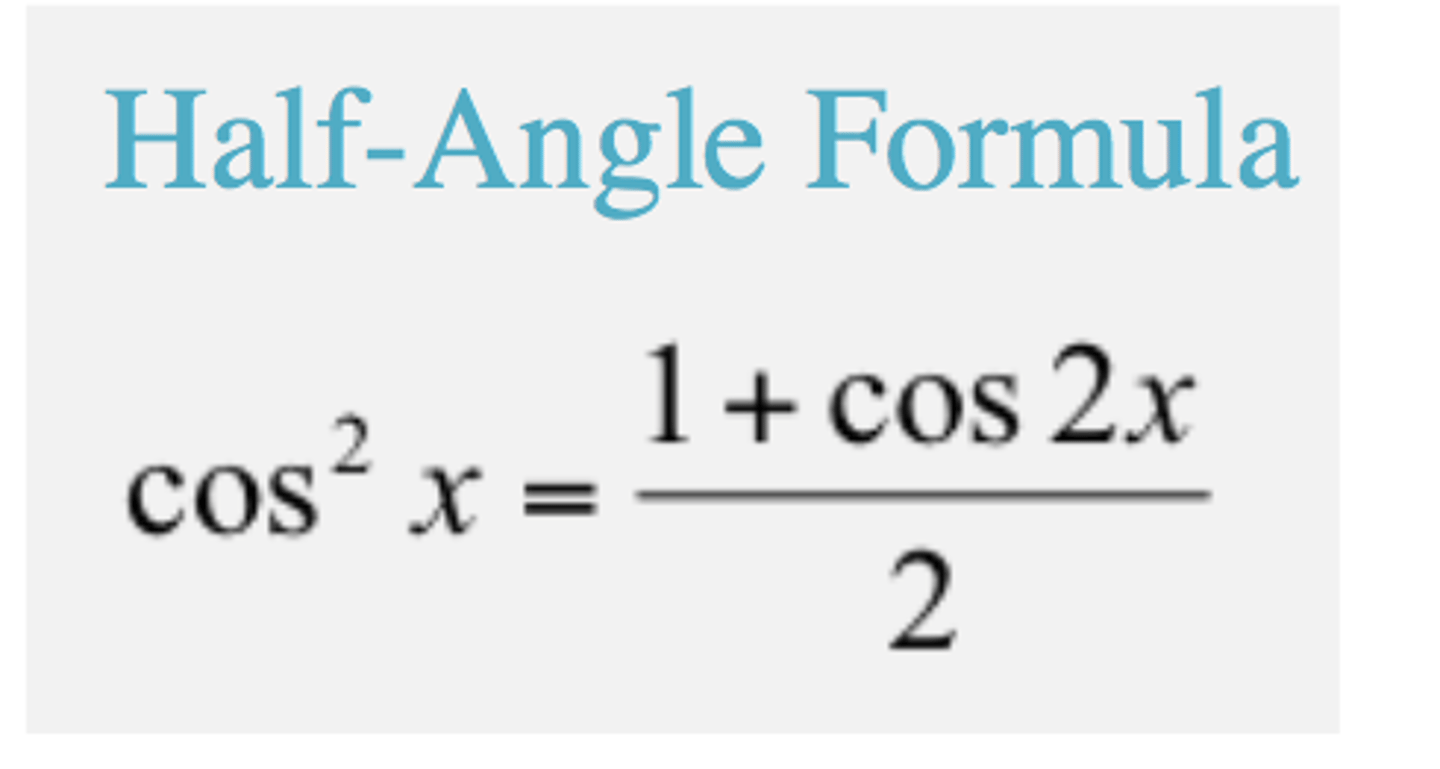
sin^m(x)cos^n(x) m or n is odd
From odd power, keep one sinx or cosx for u-sub
Use identities to substitute
sin^n(x)cos^m(x) n &m = even
Use half angle identities again
Sin half angle is the same except its sin² = 1 - cos2x /2
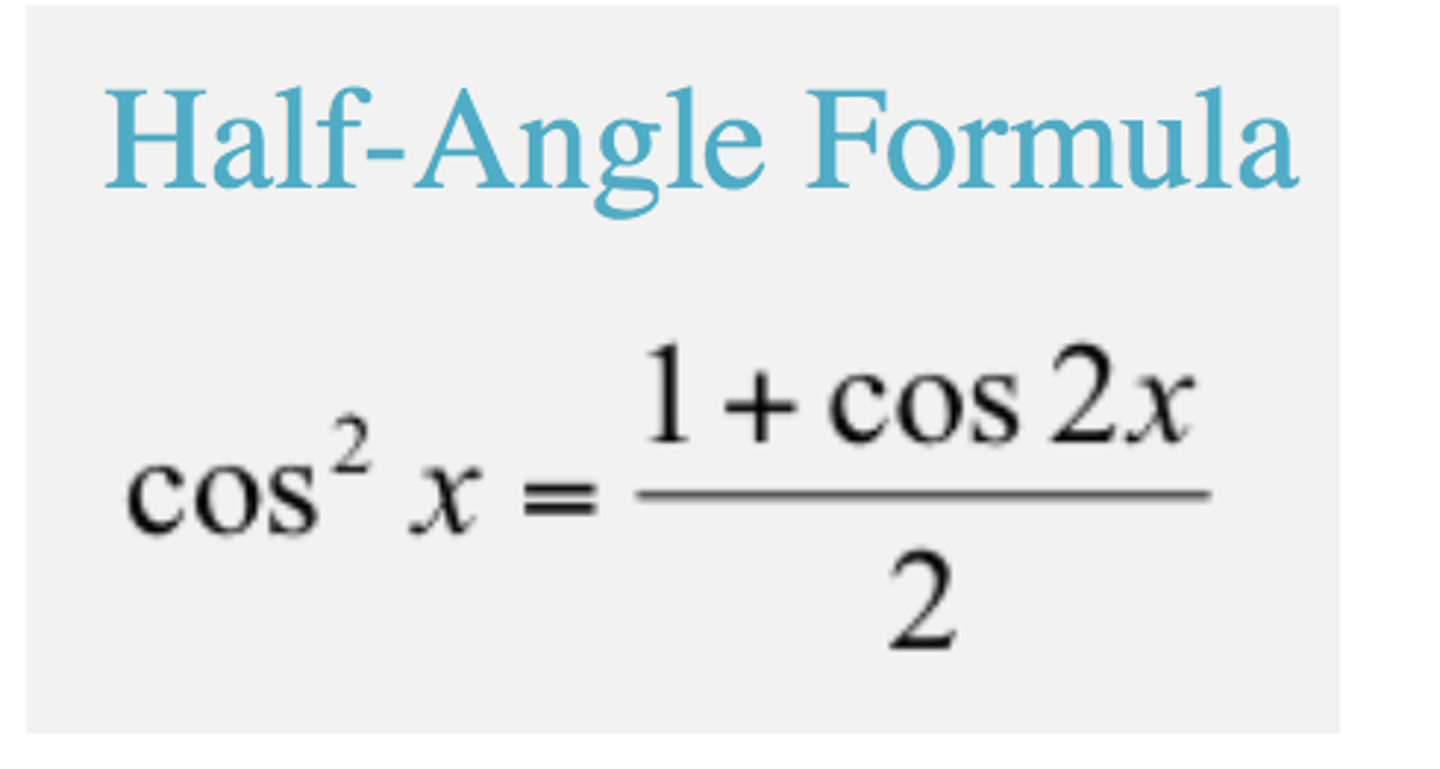
tan^n or cot^m
From power full out tan² or cot² and substitute cot² = csc² - 1 or tan² = sec² - 1
tan^m(x)sec^n(x) or cot^m(x)csc^n(x) where n = even
Pull out sec² or csc² for u-sub
integration by parts

integral of x^-1
DONT FORGET THE ABSOLUTE VALUE
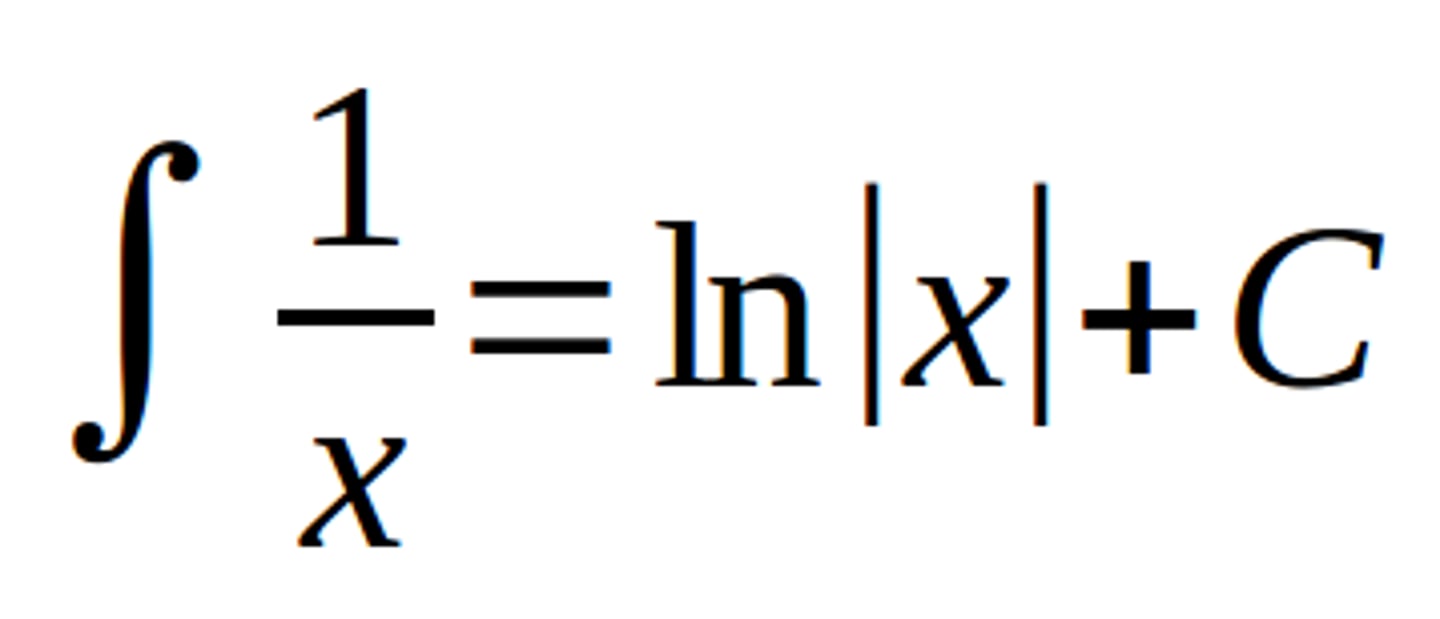
how to do distance
find the zeroes of position (setting position derivative = 0 and finding the x values) then do the integral between each zero. for negative numbers, put a negative in front of them to make them positive bc distance is ALWAYS POSITIVE
integral of exponential
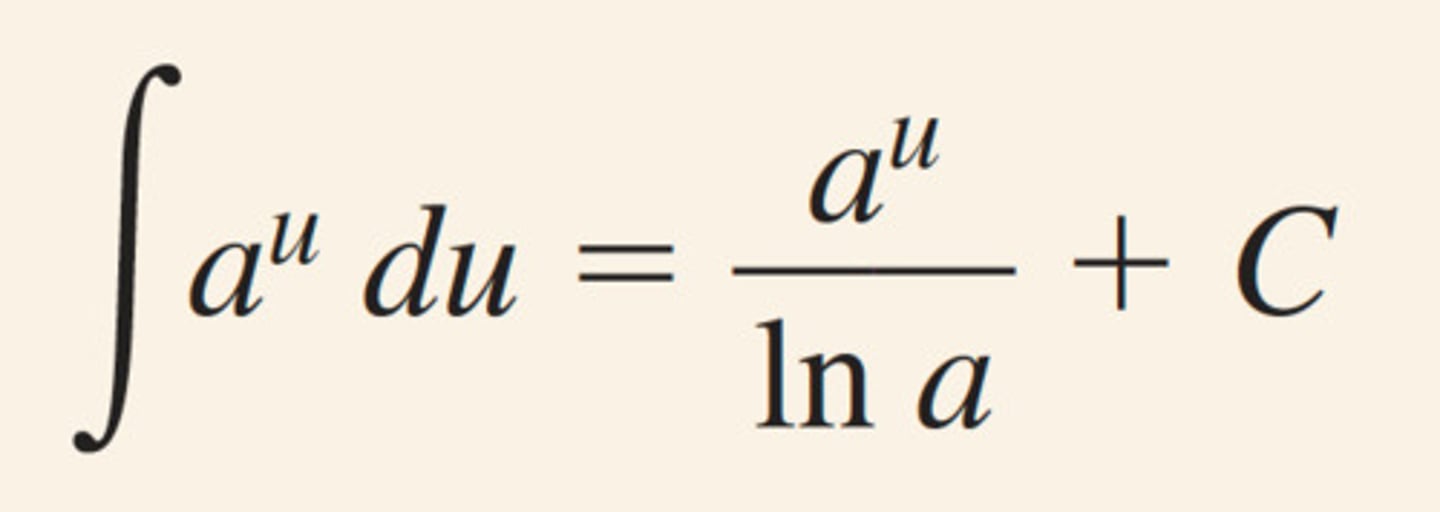
Total Change Theorem
the integral of a rate of change is the total change

average value theorem
the c value you get is the y value. put this in for y, and solve for x in the original equation
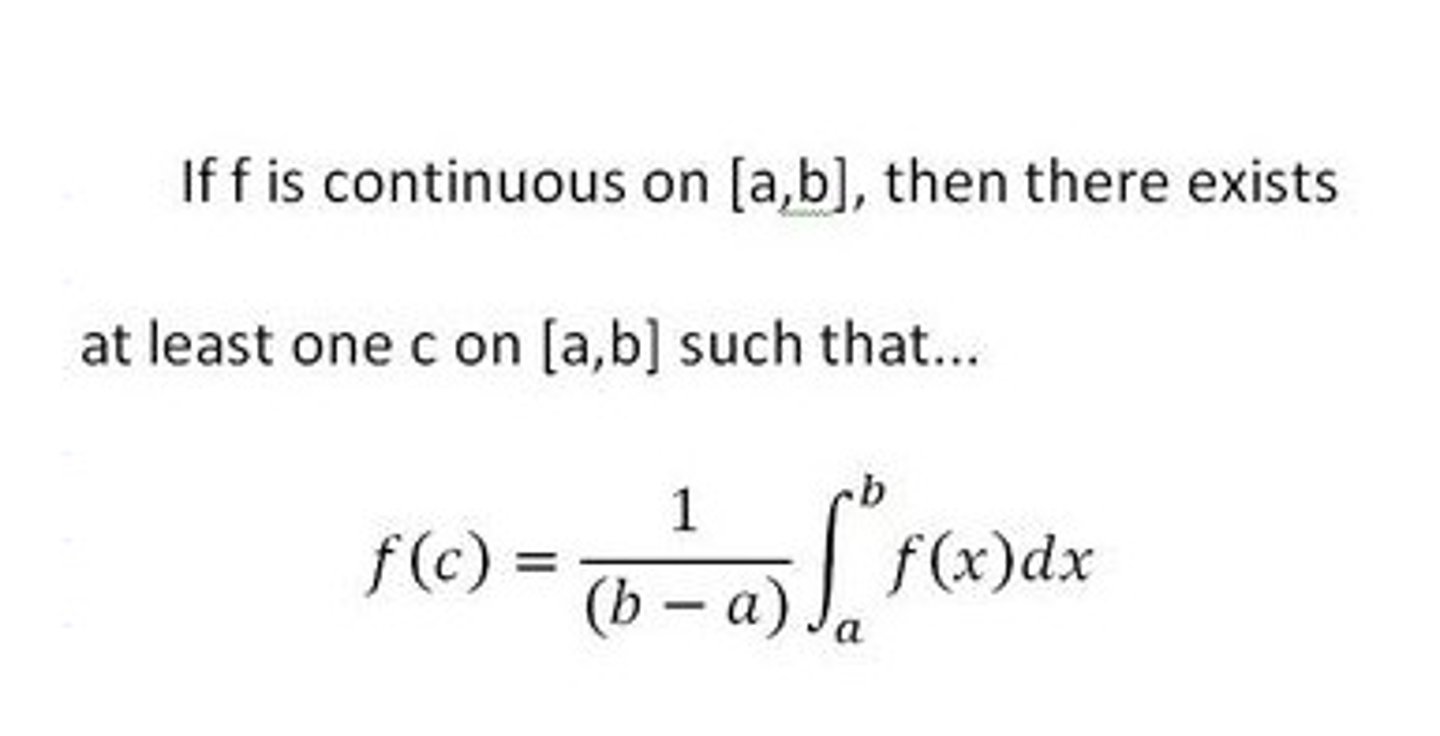
definite integral of a derivative
the total change in the original equation:
ex: definite integral of velocity = displacement of position (change in x)
you can combine terms after integrating before doing upper bound - lower bound
ok
integral of lnx

cos2x
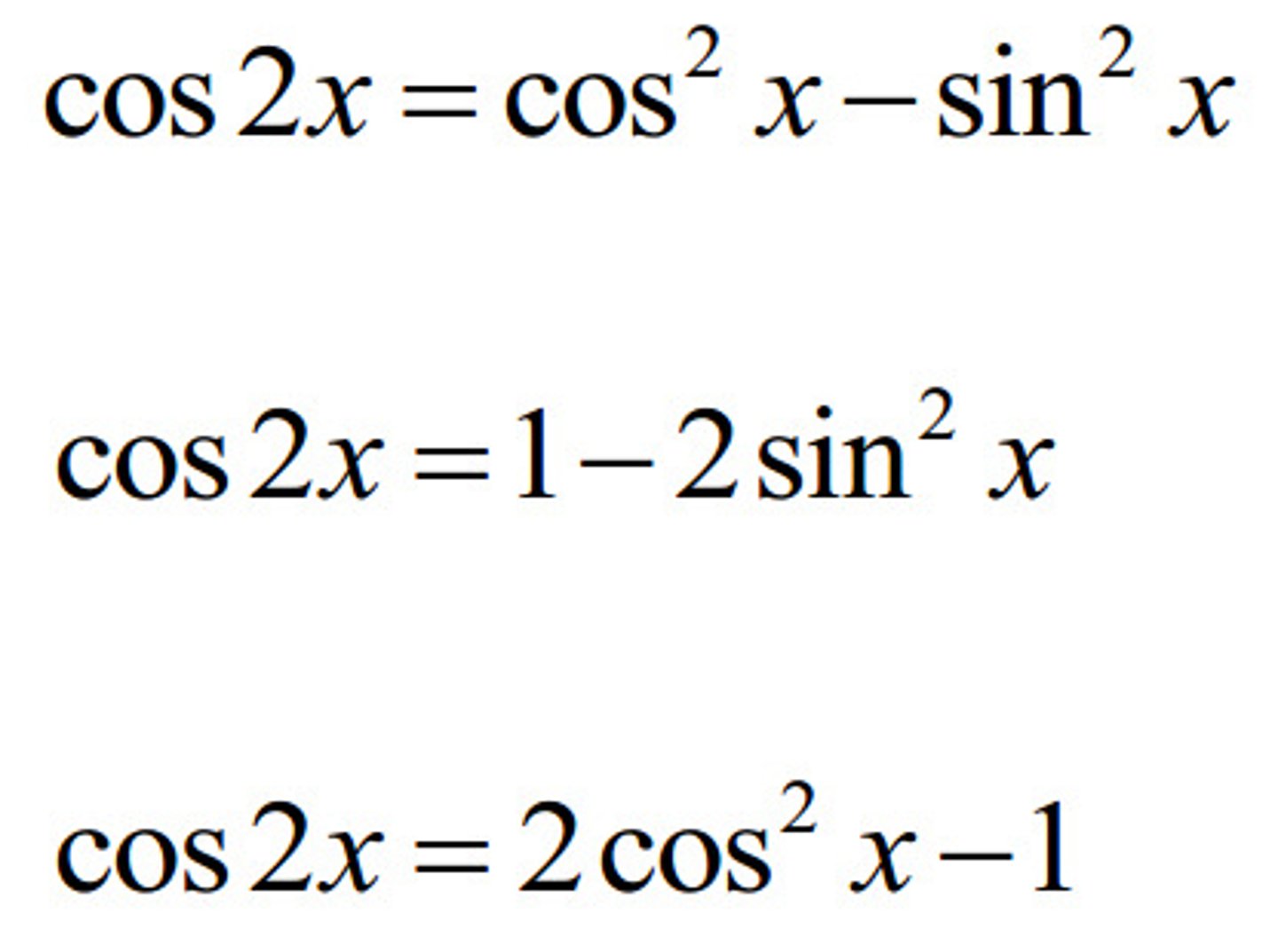
completing the square

DONT